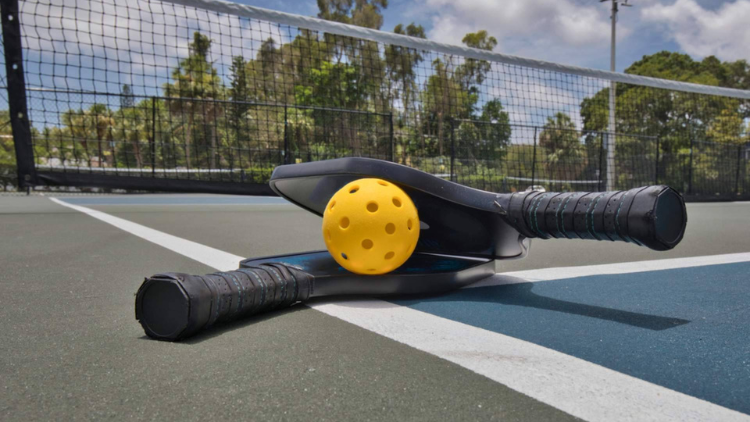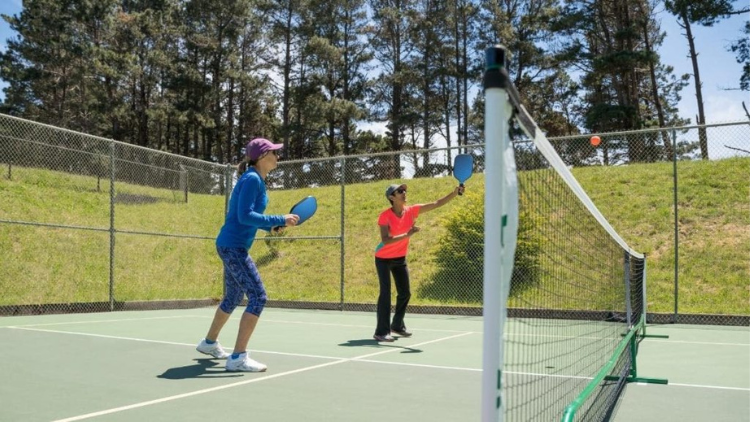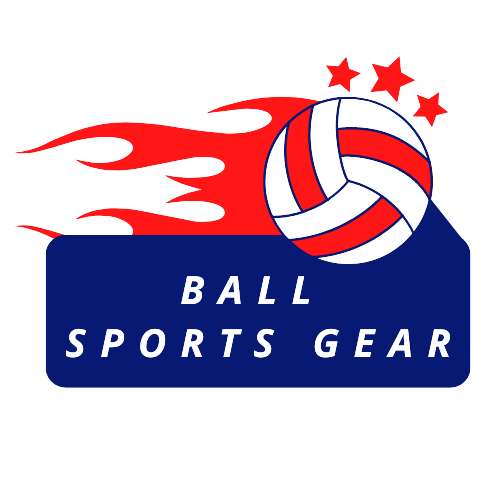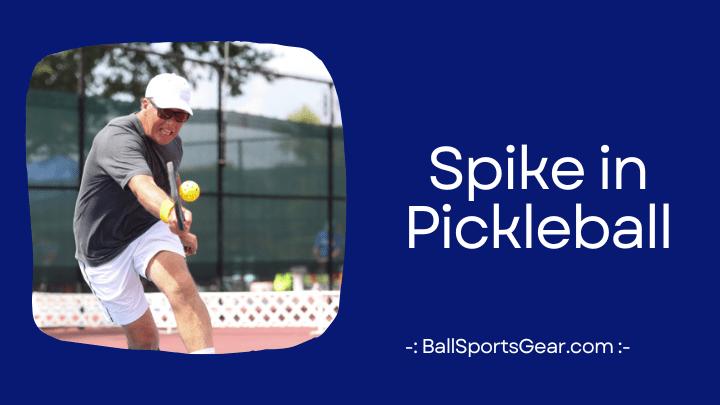Are you a pickleball enthusiast? Have you ever heard the term “spike” being thrown around but are not entirely sure what it means? Worry no more! In this blog post, we will dive into the world of pickleball and explore what a spike is. Whether you’re new to the game or a seasoned player, understanding this technique is crucial if you want to improve your gameplay and lead your team to victory. So let’s get started and unveil the secrets behind spiking in pickleball!
Spikes For pickleball
In pickleball, the majority of people picture a spike as an overhead shot that is launched quickly and forcefully into the non-volley zone. While there are other varieties of spikes besides this one that may be employed in the game, this particular variety is only one.
Spikes are most commonly used as overhead shots. A player will strike this while at the back of the court and is able to prepare for a powerful shot. The overhand motion allows you to hit the ball straight or angled. If an opponent’s backcourt players cannot defend at the front of the court, this shot is intended for them. The lob spike is another variation of spikes. This is when a player is in the front of the court and their opponent is in the backcourt. They just miss the net and slam the ball into the air. If done properly, this shot may be utilised to catch unprepared opponents off guard and be quite powerful.
A dink is the name for the final kind of spike. This delicate touch shot enters the non-volley zone just above the goal. It may be used as an offensive tool to surprise opponents or as a defensive one to stop opponents from assaulting. Since they need exact time and accuracy, dinks can be challenging, but when done perfectly, they can

Importance Of Spiking In Pickleball
Spiking in pickleball refers to hitting the ball with force and speed downwards towards your opponent’s side of the court. It is an important skill in the game as it can help you win points by making it difficult for your opponent to return the ball effectively. Here are some reasons why spiking is important in pickleball:
Offensive strategy:
A successful spike may put your opponent under strain and compel them to play defensively, allowing you the opportunity to win the point. Spikes are an attacking approach that can assist you in gaining control of the game.
Quick points:
it is difficult for your opponent to return a ball hit with force and speed, spiking can help you earn points fast. This is especially helpful in a close game where every point counts.
Mind game:
Spiking can also be used as a psychological tool to scare your opponent. If your opponent is aware of your powerful spike, they may be more careful while returning the ball, giving you an edge.
Offensive defense:
The aim of spikes is to put your opponent on the defensive and possibly win the point by spiking back at them until they make a mistake.
Ultimately, spiking is a vital pickleball technique that may offer you an advantage in the game. Yet, because this method involves exceptional timing, accuracy, and control, it is critical to practise and perfect it.
The Different Types of Pickleball Spikes
Pickleball spikes come in four major varieties: the drive, the dink, the lob, and the overhead smash. Spikes may be utilised in a variety of circumstances and serve a variety of purposes.
- The most fundamental kind of spike is the drive. When your opponent is distant from the goal, you generally employ it to keep the ball in play.
- The dink is a soft spike that is used to keep the ball low so that your opponent cannot reach it. This type of spike is often used when your opponent is at the net.
- The lob is a high, slow Spike that is used to get the ball over your opponent’s head. This type can be used when your opponent is at the net or far away from the net.
- The point is concluded with an effective Spike known as the overhead smash. When your opponent is distant from the net, this style of spike is typically employed.

Why Do You Need to Spike in Pickleball?
In pickleball, a spike is a strong shot that is utilised to score the point. It is struck with an overhand motion and typically lands in the non-volley zone to make it harder for your opponent to return. Spiking is a crucial component of pickleball because it enables you to gain command of the match and put your opponent under strain. Spiking may be quite effective and increase your point totals when done properly.
How to Spike in Pickleball
In pickleball, the point is won with a strong shot known as a spike. To make your opponent’s return challenging, you hit it with an overhand motion and it typically lands in the non-volley zone. Since it enables you to take command of the match and provide pressure to your opponent, spiking is a crucial component of pickleball. Spiking may be quite effective and help you get more points when done correctly.
Tips for Spiking in Pickleball
There are a few things you should keep in mind before spiking in pickleball. Start by aiming towards the court’s corners. It will be more difficult for your opponent to return the shot since the ball will bounce off the wall and go in their direction. Second, direct the ball over the net with your non-dominant hand. Your opponent will have a tougher time predicting where the ball will travel as a result. Swing through to the finish line. You will have increased strength and precision as a result.
Frequently Asked Questions
To hit a spike in pickleball, a player needs to hit the ball hard and downward with an overhead motion, typically after a high ball is returned by the opponent. The player should use an open stance, take a big backswing, and generate power by rotating their body and snapping their wrist. Practice and timing are crucial to hitting a successful spike.
In order to make it tough for the opponent to return the ball, one must spike the pickleball hard and downward towards their opponent’s court. Usually, the back of the court, close to the baseline, or at the opponent’s feet are the best aim areas.
The best way to practice spiking in pickleball is to use a ball machine or have a partner feed high balls to you. Focus on your footwork, timing, and technique. Start with a slow and controlled spike, and gradually increase the speed and power as you get more comfortable. Repeat the process until you develop consistency and accuracy.
You must be at ease with the fundamental shots, such as the serve, return of serve, groundstrokes, and volleys, in order to judge whether your pickleball abilities are sufficient to spike. Together with having excellent footwork and agility, you need have a firm grasp of the game’s rules and techniques. After you’re comfortable with these abilities, you may begin honing your spiking technique with a partner or a ball machine.
Conclusions
The spike is an integral part of the pickleball game. Knowing how to use this technique effectively can help you improve your game and become a better player. Whether it is used defensively or offensively, it can be a great way to change up the pace of play and gain control over rallies. With some practice and patience, mastering the art of spiking in pickleball will surely give you an edge over your opponents!

